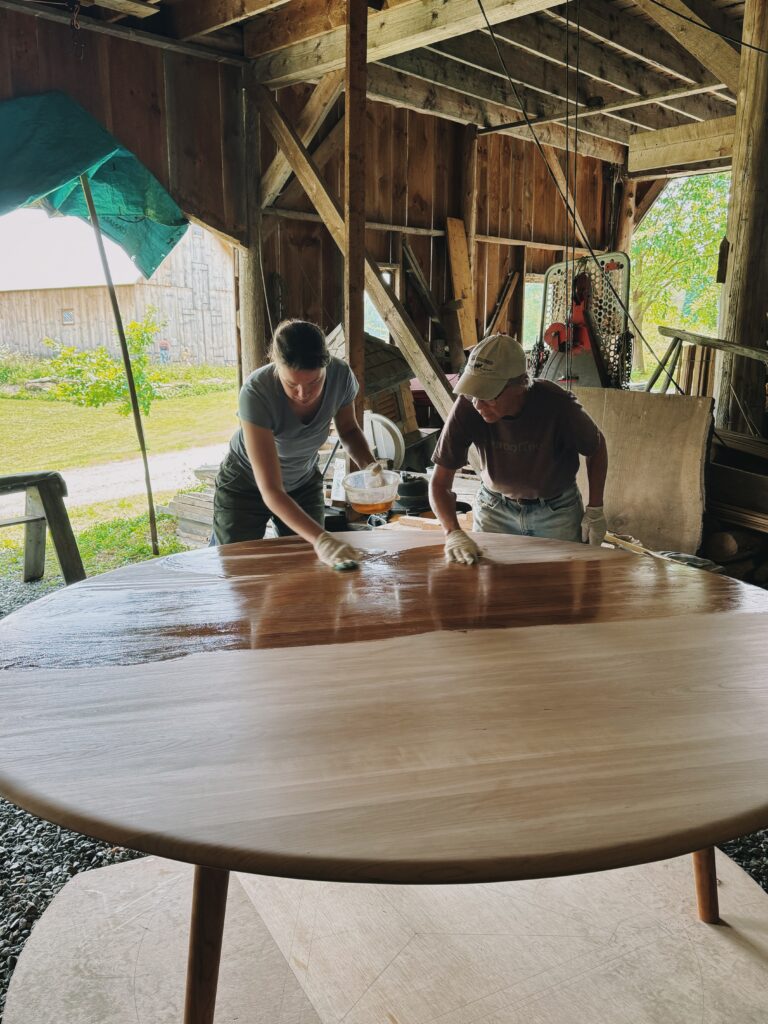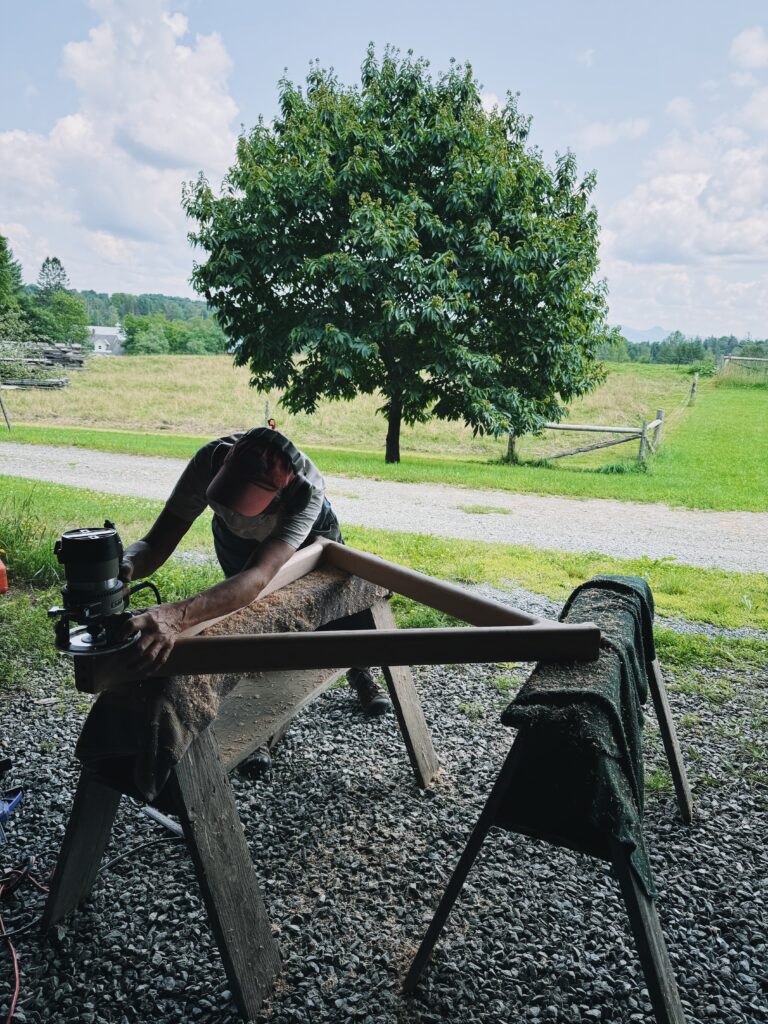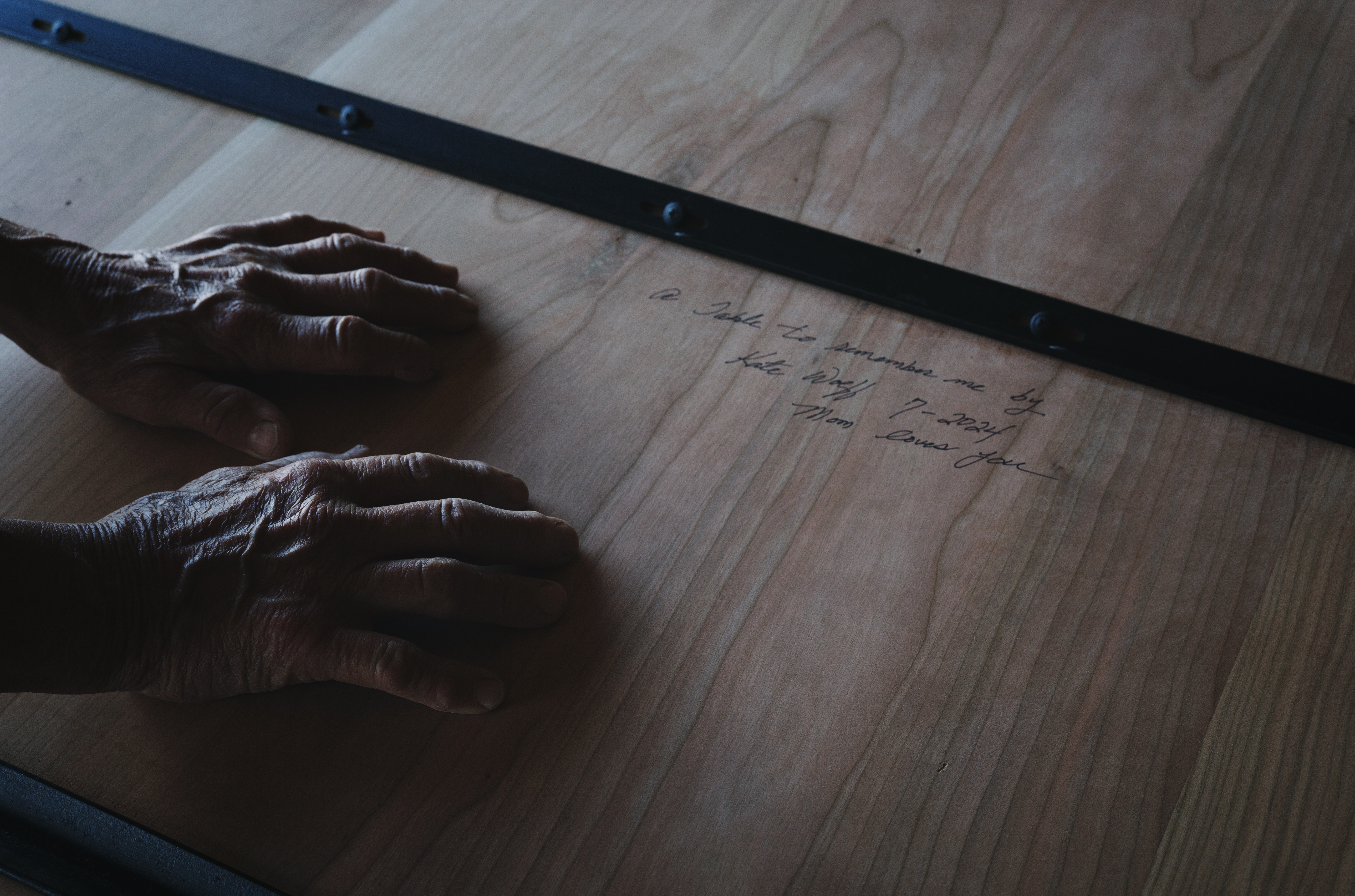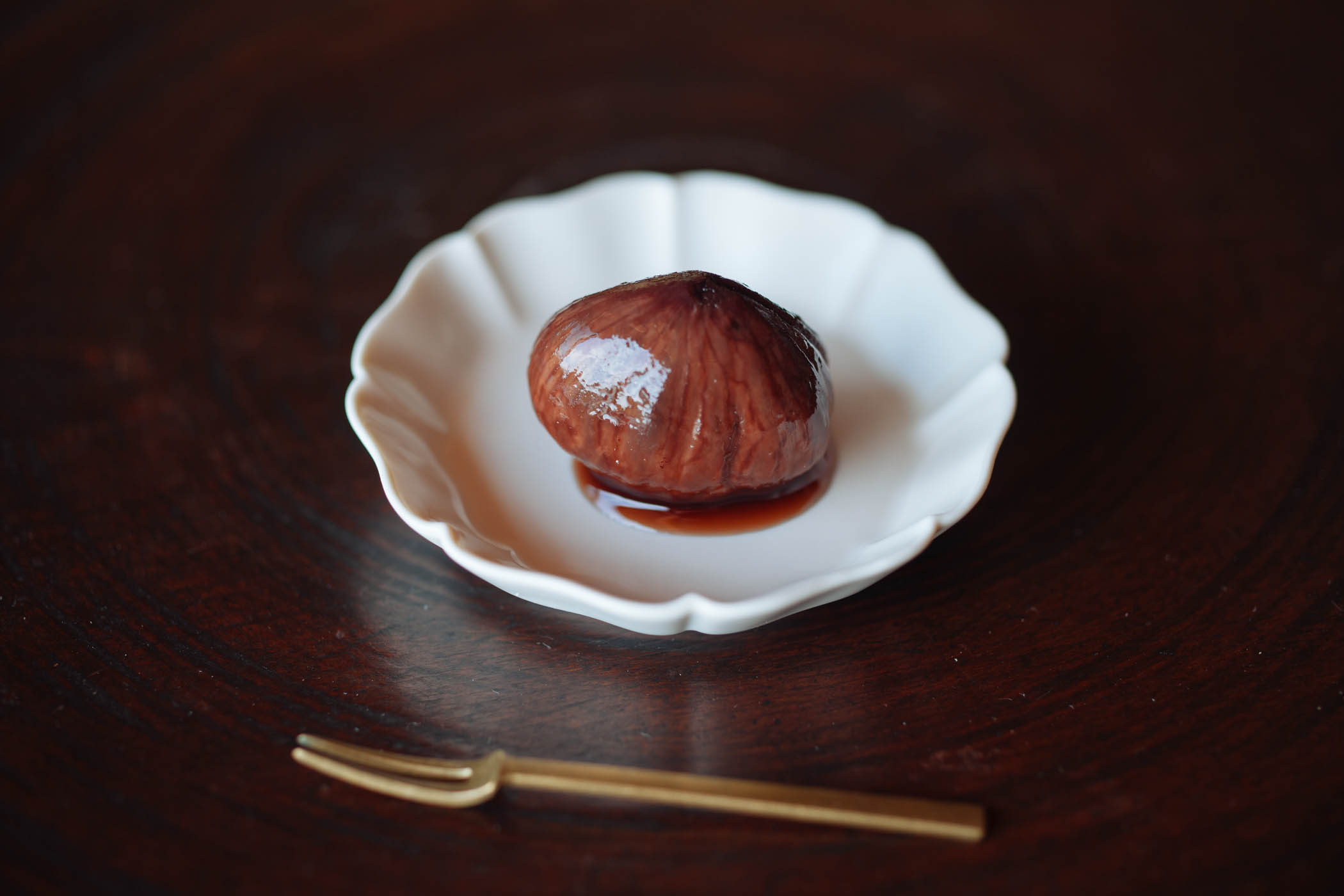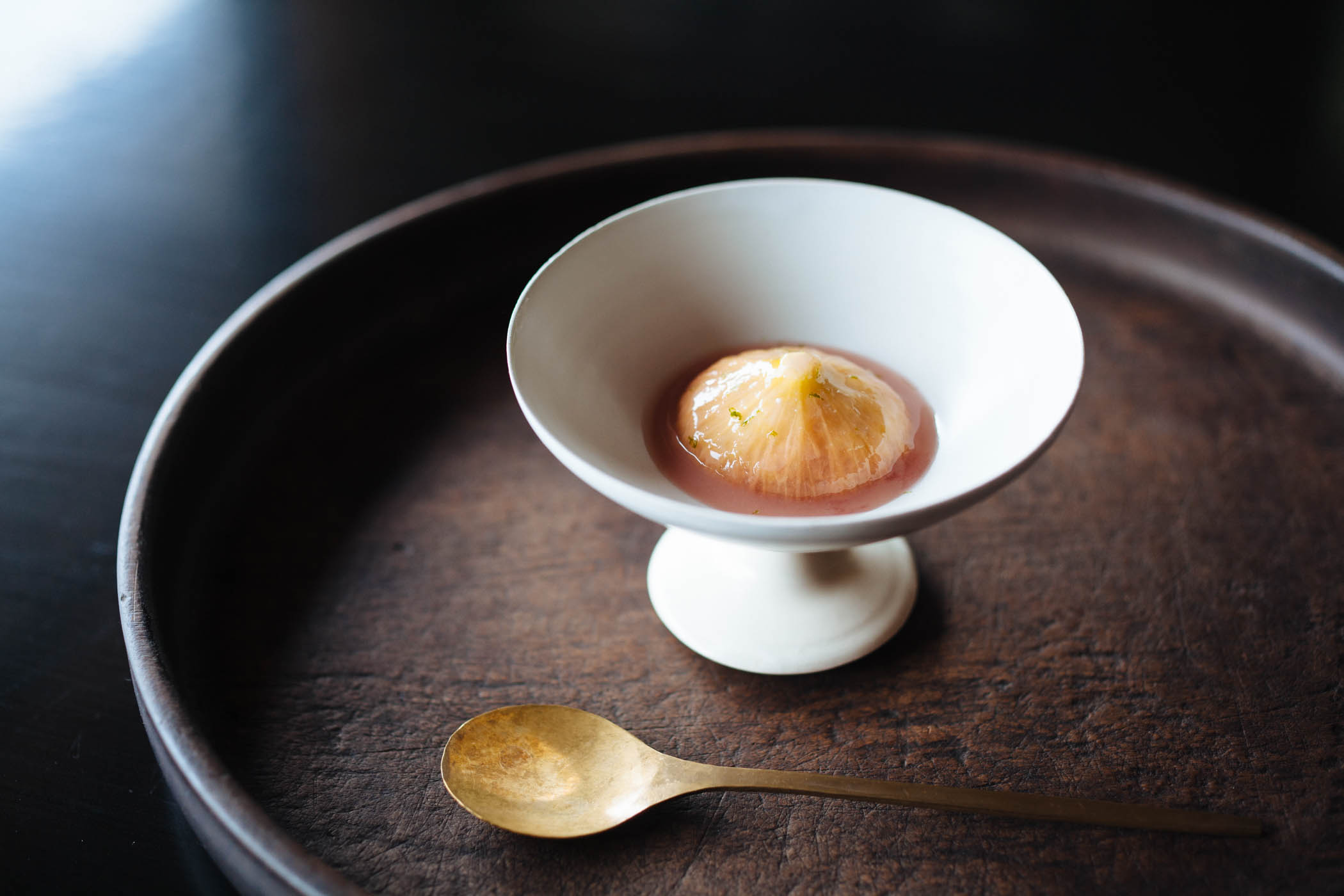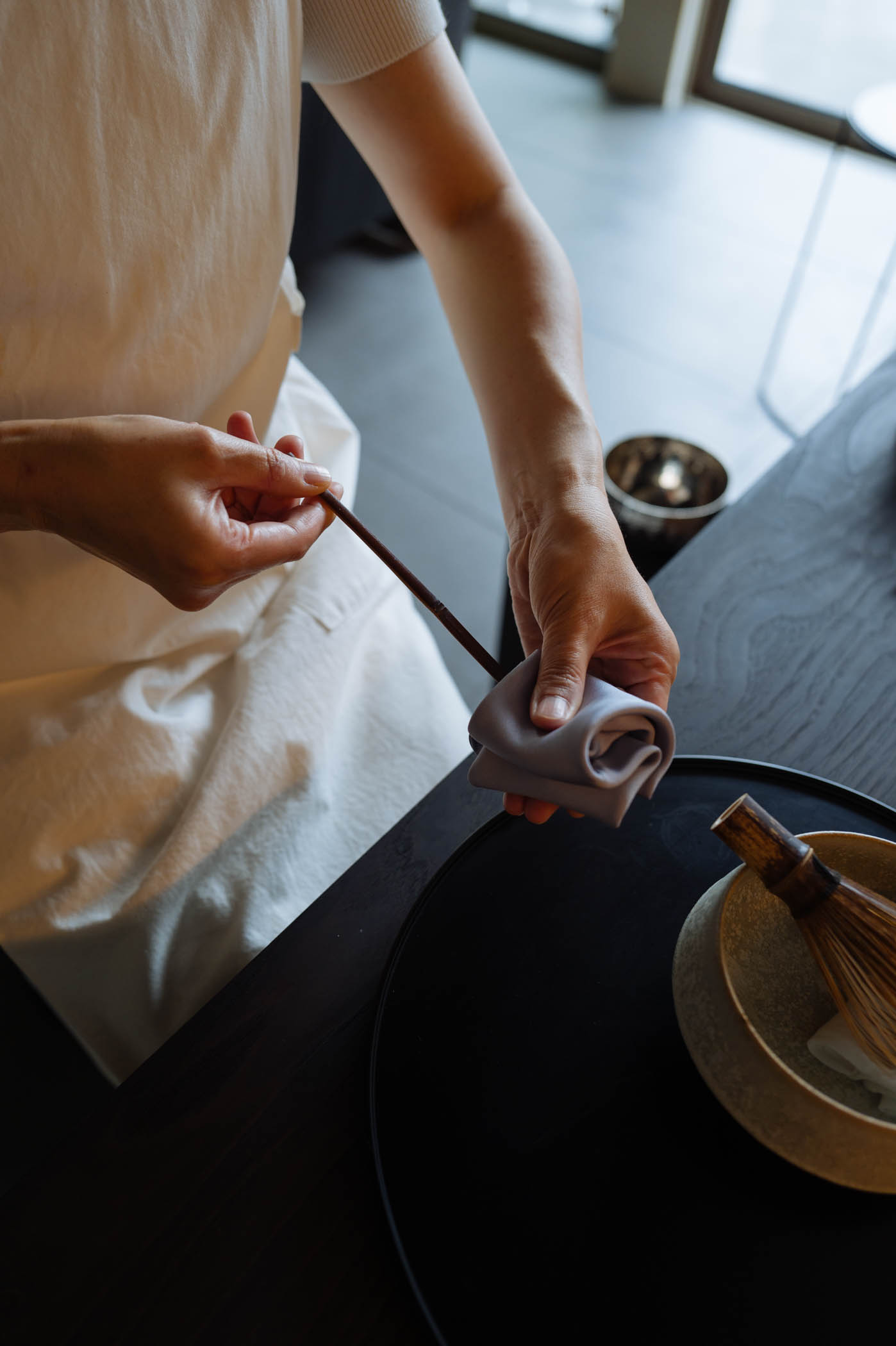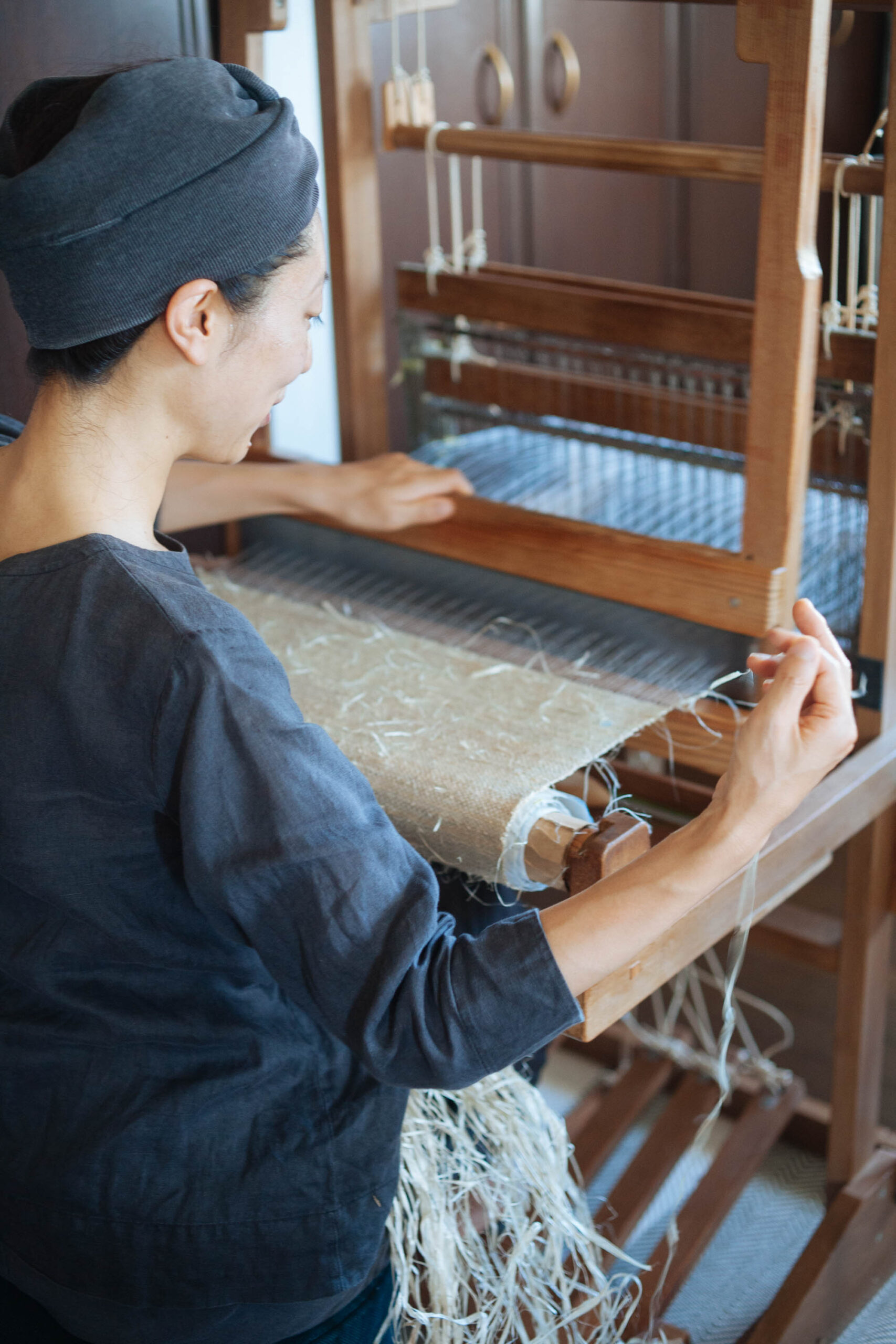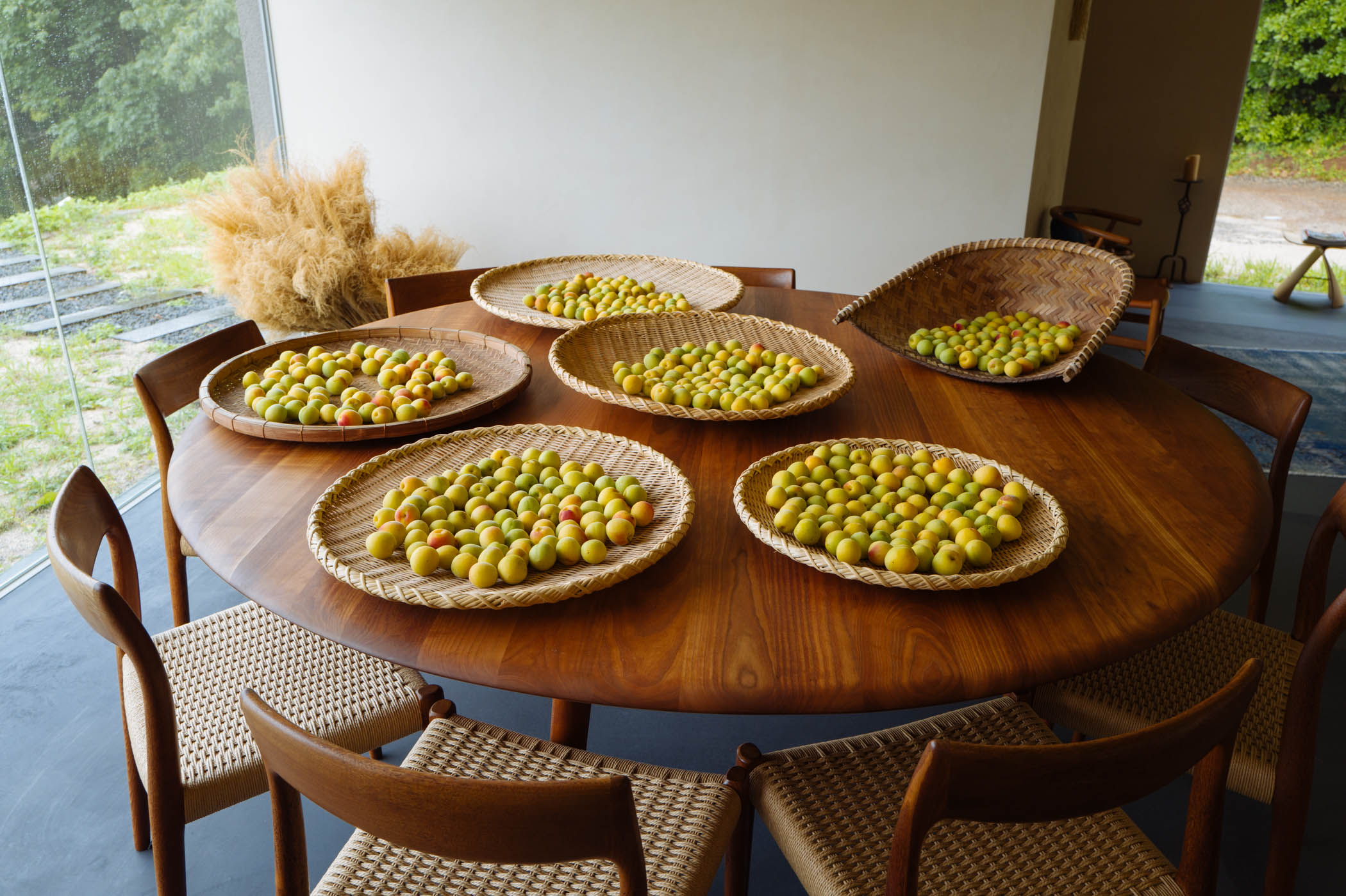Last summer, I stood in a covered alcove of a barn in rural Vermont, holding a block of cherry wood, watching my mother work. Seventy-five years old, her hands weathered and strong — hands shaped by a lifetime of carving, building, sanding, joining. A carpenter, a luthier, a maker of things that last.
We were building a table.
Not just any table — the table.
The one that would become the heart of Mirukashi Salon.
It was a design that demanded skill: three legs, joined by three rails, a geometric puzzle shaped largely by hand — the planing, the sanding, the subtle adjustments guided by instinct and touch. We had spent a full day driving across Vermont in search of the perfect boards. I wanted heartwood — the deep, red center of the cherry tree — not sapwood, with no compromise. She understood. She always has.
There was movement, rhythm, sawdust suspended in the air. We worked side by side, each gesture an offering to something larger. The table was becoming a vessel. A meeting point of cultures, generations, craftsmanship, and care.
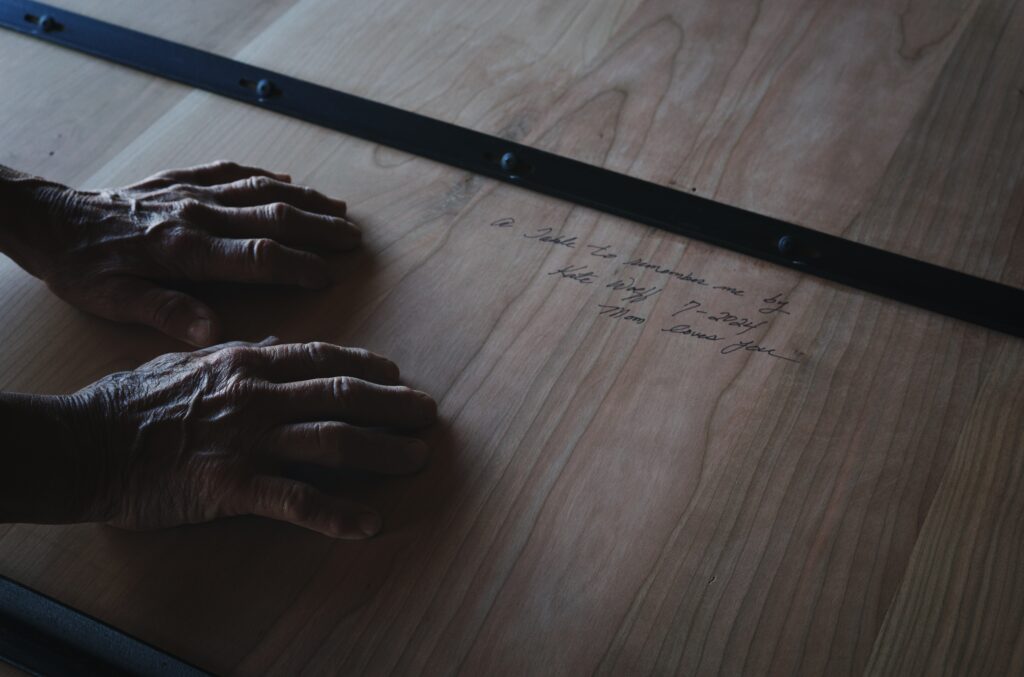
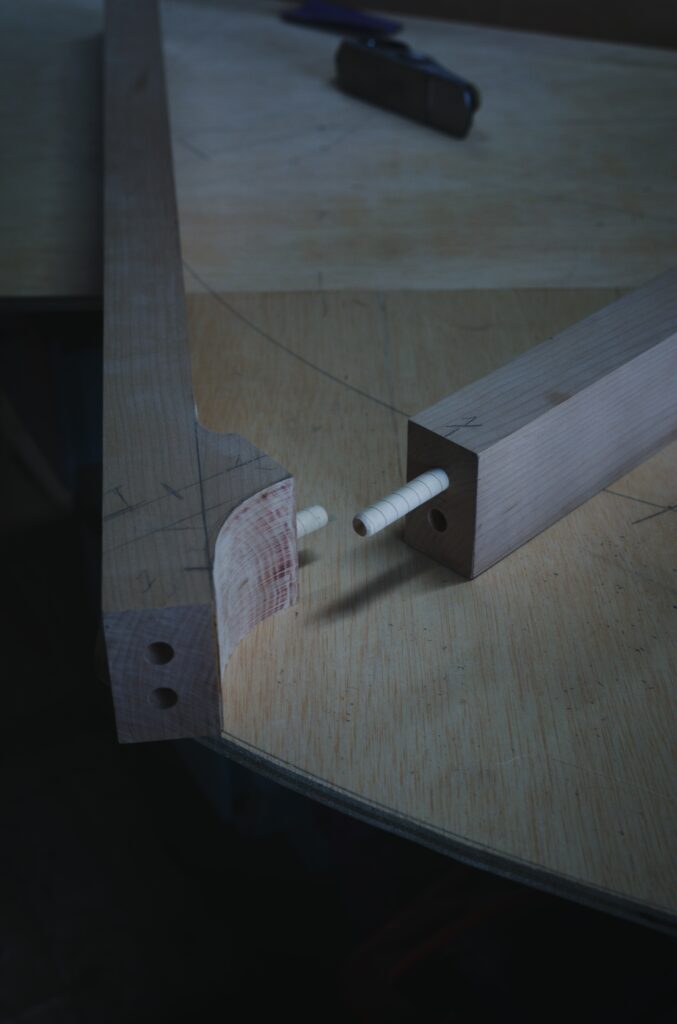
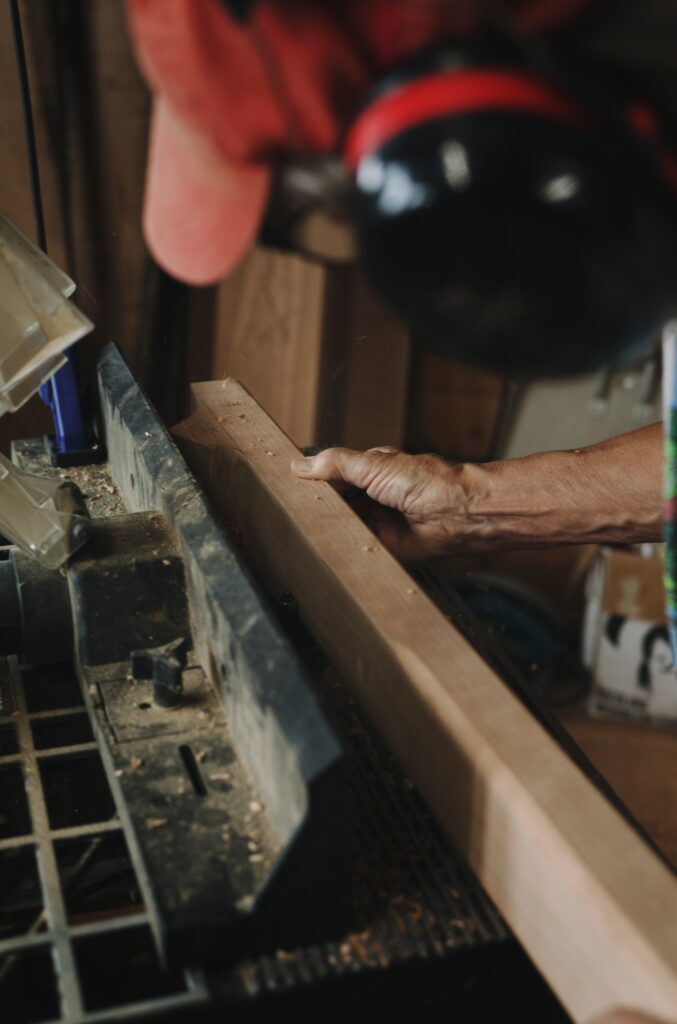
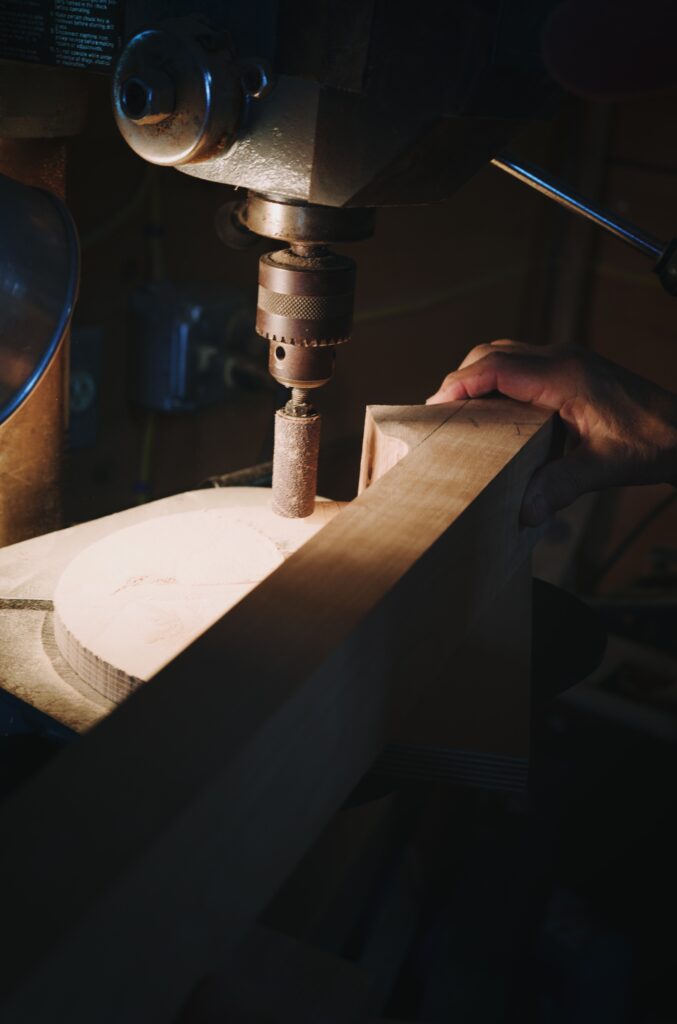
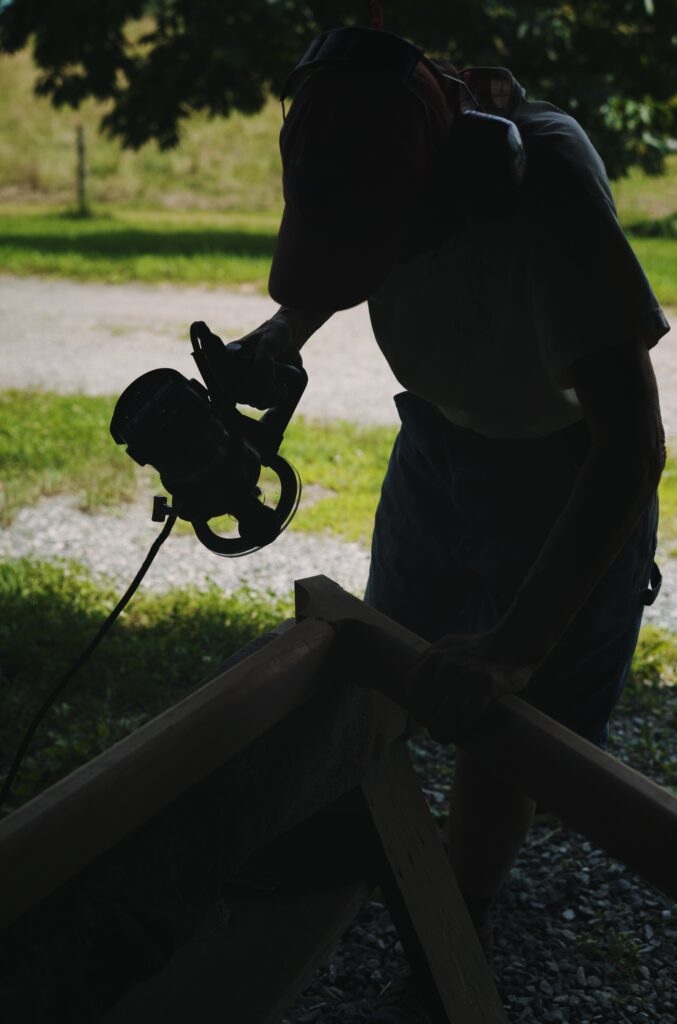
In Japan, cherry is beloved — especially for its blossoms: ephemeral, tender, achingly beautiful. They symbolize the impermanence of life, the need to be fully present in each fleeting moment. As the table took shape beneath our hands, I realized it was becoming more than just a place to eat. It was a bridge — between countries, between generations, between the visible and the invisible.
When my guests gather around this table in Japan — a smooth, six-foot round of velvety cherry, hand-finished and luminous — I tell them where it came from. That my mother made it. That it traveled across the Pacific. That it holds the story of our hands, our bond, our shared devotion to craftsmanship and care.
They often pause, eyes softening. And something unspoken moves through the room.
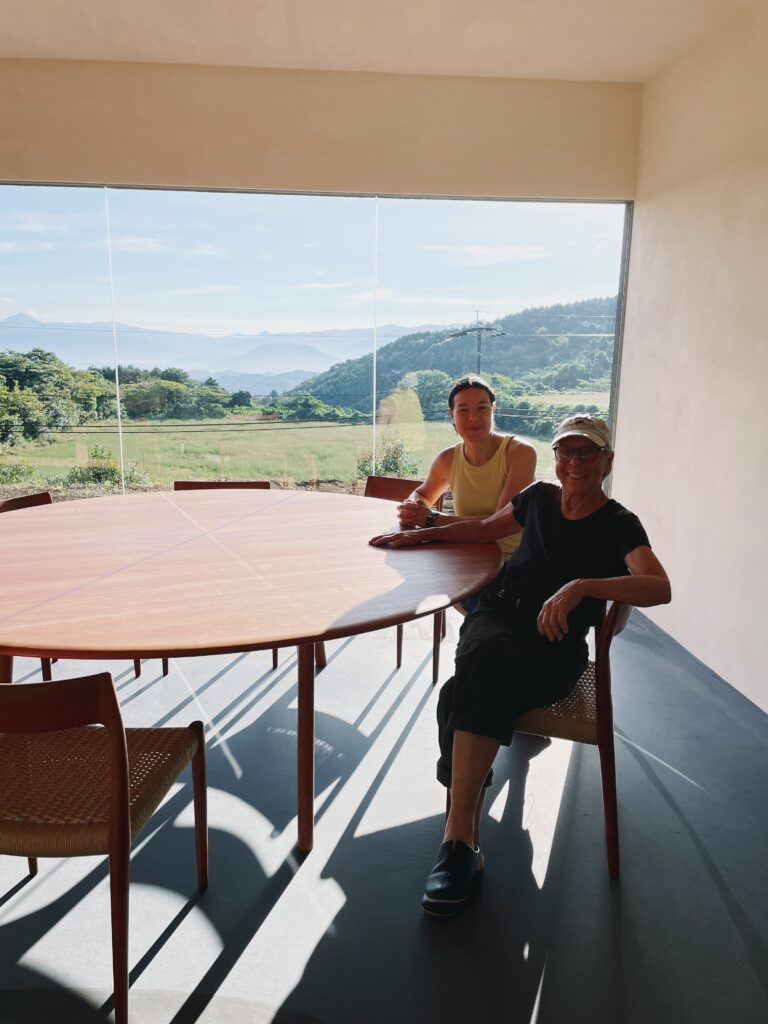
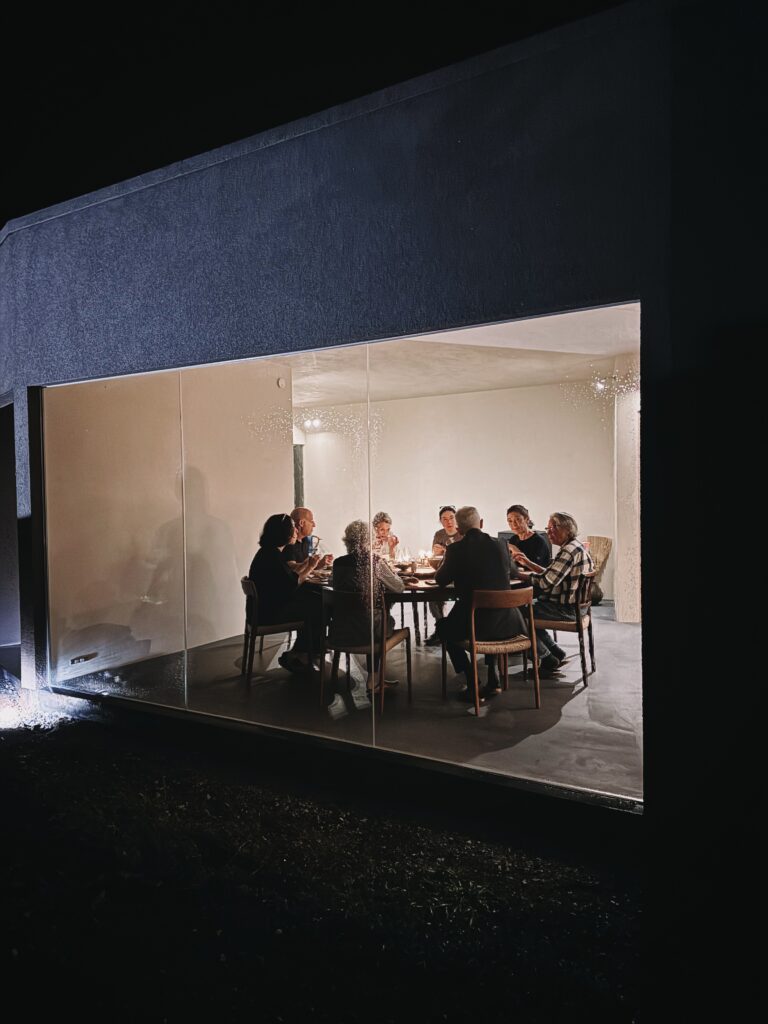
On the underside of the table, my mother inscribed a simple line:
A table to remember me by.
And I do.
Each time I set it for a guest.
Each time I wipe its surface after a meal.
Each time I set a plate of sashimi or a pot of roasted tea at its center.
I feel her presence. Not in some sentimental way, but bodily. Real. Rooted.
For years I felt untethered to my own lineage. Living in Japan — a country that honors centuries of ancestry and legacy — I often felt the ache of not knowing my family history beyond my grandparents. But standing in that barn with my mother, I realized: heritage doesn’t always live in the archives. Sometimes, it lives in our hands.
Legacy is not always a grand inheritance.
Sometimes, it’s a table made with love.
Sometimes, it’s a mother’s blessing in wood — the way love becomes form.
